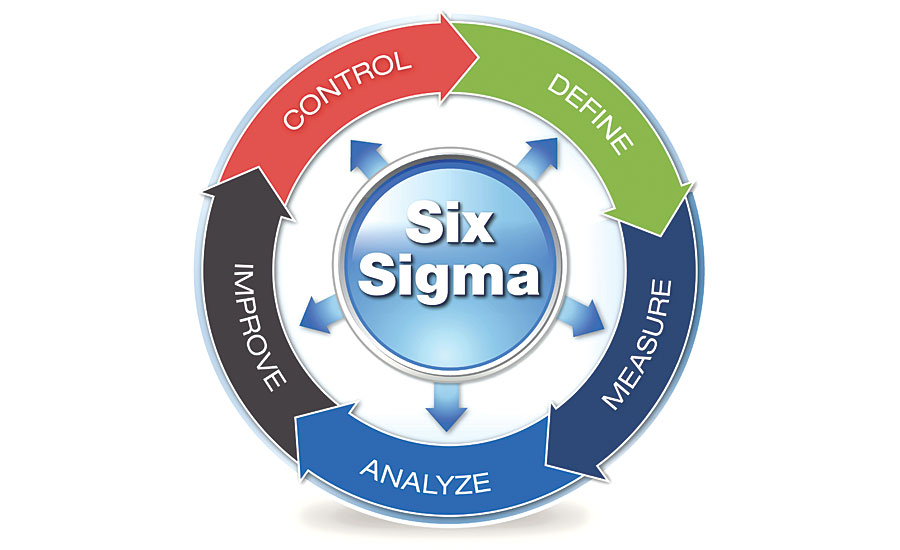
If you go past those limits, you will crash, and the customer will not be happy! Think of the walls of your garage – where you have to fit your car – they become the customer specification limits. What is Cpk? The Parking a Car in the Garage Analogy It is important to note that because Cpk uses the minimum function, it will always be equal to or smaller than the Cp for the same set of data. Now you end up with a Cpk of (3-2)/3s = 1/3s, but your Cp is still the same 1s as before. Things get a little harrier when the darts move up, say to be centered at an average of 2 units above center. A little algebra will show us that your Cpk and Cp numbers are the same. In a perfectly centered sample of darts, your average distance from the center, or Mu, will be 0. Think of throwing darts at a dart board and having the center of the bull’s eye be the 0,0 on a cartesian plane and the edges being out three units from that center point (we will use the edge of the dartboard or 3 and -3 as our USL and LSL).

In a perfectly centered data set, there will be no difference between Cp and Cpk. The ‘k’ stands for ‘centralizing factor.’ The index considers the fact that your data may not be centered.Ĭ pk tells us what a process can do in the future, assuming it remains in a state of statistical control. CpkĬp and Cpk measure your consistency compared to your average performance. What is the Difference Between Cp and Cpk? Cp vs. If a process is NOT in statistical control Ĭpk and Ppk values will differ distinctly, perhaps by a very wide margin. In other words, if Cpk = Ppk, the process is likely in statistical control. The values for C pk and P pk will converge to almost the same value because the sigma and the sample standard deviation will be identical ( use an F test to determine). If a process is under statistical control P pk tells us how a process has performed in the past, and you cannot use it to predict the future because the process is not in a state of control.

The main difference is that you use Cp & Cpk after a process has reached stability or statistical control. It is not real there can never be less variation in the long term since the long term is using all of the data, not just two pieces of data from every subgroup.Įvaluating process capability with Cp & Cpk mirrors what is done (and why it is done) when following the Pp & Ppk approach. There are anomalies seen when the sample size is small, and the data represents a short amount of time where estimating using R will overstate standard deviation and make Cpk smaller than Ppk. In theory, Cpk will always be greater than or equal to Ppk. Process Performance generally uses sample sigma in its calculation. Because there is not a lot of historical data, we take large samples from the process to account for variation. you are piloting a new process or testing a short pre-production run. Generally, you use this when a process is too new to determine if it is under statistical control. Pp and PPk are used for Process Performance. Process capability uses the process sigma value determined from either the Moving Range, Range, or Sigma control charts. This often happens with a mature process that has been around for a while. Generally, you use this when a process is under statistical control. In both cases, we want to try to verify if the process can meet Customer CTQs (requirements).Ĭp and Cpk are used for Process Capability. Pp and Ppk are called Process Performance. What is the Difference between Cp, Cpk and Pp, PPk?Ĭp and Cpk are called Process Capability.

Again, this will help me improve the article for you and everyone else.

If you’re studying for something else, please leave a comment or contact me and let me know what you are studying for. This will help me make the article even better for you. If that’s you, leave me a comment below or contact me and let me know which organization and belt you’re studying for. I wrote this article to help Six Sigma Green Belt and Black Belt candidates prepare for and pass their exams. Please let me know in the notes below if you do not find what you are looking for. There are also crib notes on what the equations mean in a real performance sense, what you should be able to tell about a process depending on Cp and Cpk values, and more. This is a long article, but I thought it was important to keep Cp and Cpk together. In other words, it allows us to compare an apple process to an orange process! Process Capability In Six Sigma, we want to describe the process quality in terms of sigma because this gives us an easy way to talk about how capable different processes are using a common mathematical framework. Cp and Cpk are considered short-term potential capability measures for a process.


 0 kommentar(er)
0 kommentar(er)
